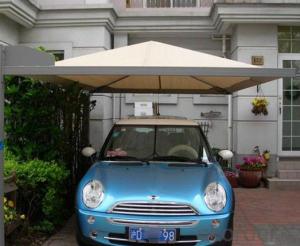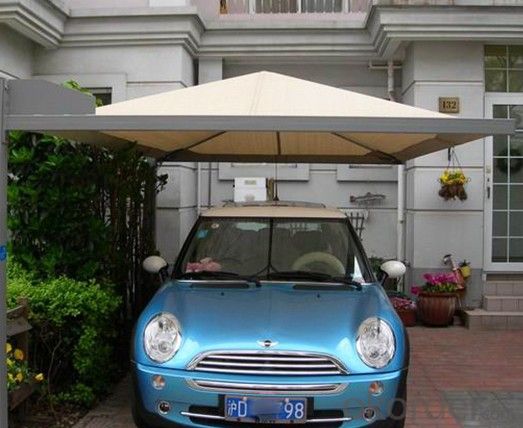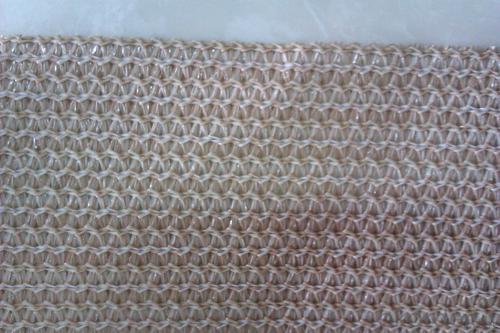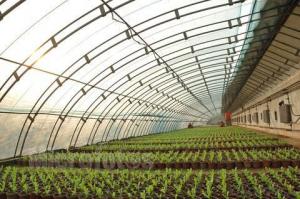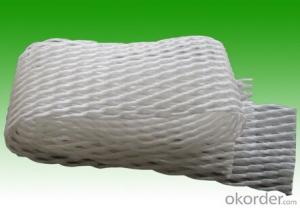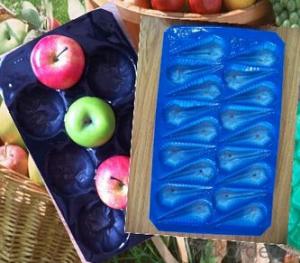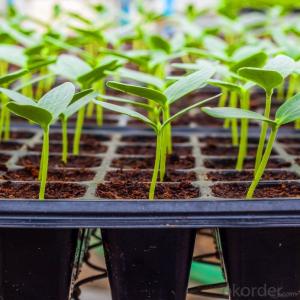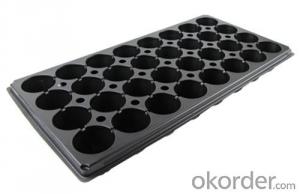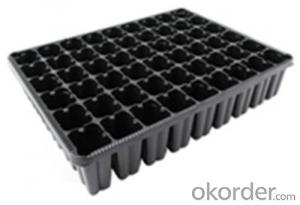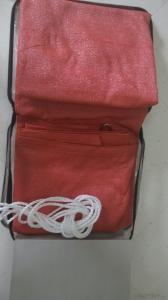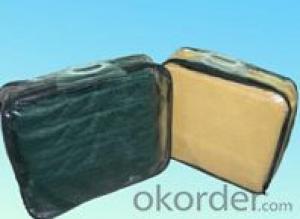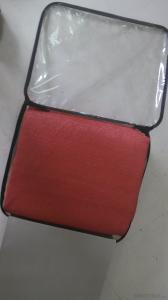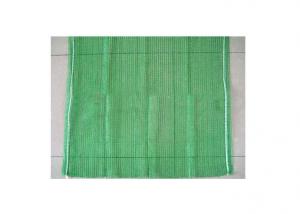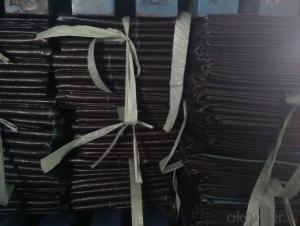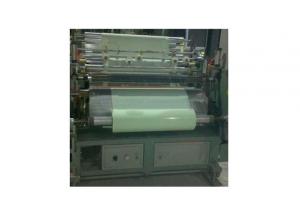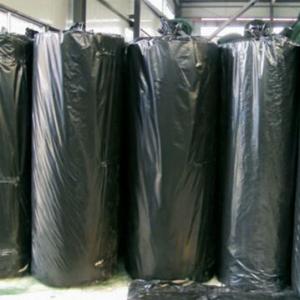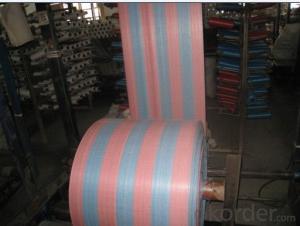Shade Cloth shade sail traingle
- Loading Port:
- Ningbo
- Payment Terms:
- TT OR LC
- Min Order Qty:
- -
- Supply Capability:
- 50000pcs pc/month
OKorder Service Pledge
OKorder Financial Service
You Might Also Like
Shade Sail water-proof cloth sail 160GSM
Net weight: 160g/m2--320g/m2
Size: 3x3m, 3.6x3.6m 3x3m, 3x3x3m,5x5m,5x5x5m and so on UV block: 85-95%
Material: 100% virgin HDPE
Using life: 5 ~10 years Gurantee
Export market: Europe ,America,Japan, the Middle East ,Africa
Shape: Square, Triangle , Rectangle
Packaging & DeliveryPackaging Detail: Each piece of sail will be put into a pvc hadle bag with a color label inside, seveal pcs packaging into a paper carton with shipping mark.
Product Description of shade sail shade cloth:
Shade Sails protect and shade you from the severe effects of the sun's heay & UV rays. Some areas of the world call them Sun Sails.
They make a beautiful additions to your patio, backyard, or other outdoor areas.
Flying Sails is the perfect alternative to a traditional pergola, umbrella or covered porch. Floating and curvaceous, the make an attractive addition to any property, and with the right design,
they can enhance the appeal of the entertaining outdoor areas..
The perimeter of each sail is designed with a gentle cantenary curve inwards towards the center of the sail to control the fabric tension. Shade sails have reinforced webbing around the perimeter and marine stainless steel D or "Delta" rings at each corner. When properly tensioned, shade sail fabric will not wrinkle, sag, or flap in the wind.
- Q: Can nursery trays be customized with logos or labels?
- Yes, nursery trays can be customized with logos or labels.
- Q: How do you choose ground cover that tolerates foot traffic?
- When choosing ground cover that tolerates foot traffic, it is important to consider a few key factors. Firstly, look for species that are known for their durability and ability to withstand frequent stepping. Some popular options include creeping thyme, moss, and certain types of grasses like Bermuda grass or buffalo grass. Additionally, consider the specific conditions of the area where the ground cover will be planted, such as sunlight exposure, soil type, and moisture levels. Lastly, it can be helpful to consult with local gardening experts or nurseries to get recommendations that are best suited for your specific region and needs.
- Q: How do nursery trays promote healthy root growth?
- Nursery trays promote healthy root growth by providing a controlled and optimized environment for young plants. The trays allow for proper spacing, which prevents root entanglement and competition for nutrients. Additionally, the trays enable efficient water drainage and aeration, preventing the roots from becoming waterlogged and promoting oxygen flow. This environment encourages the development of strong and robust root systems, leading to healthier and more vigorous plants.
- Q: What is the cost of agricultural plastic products?
- The cost of agricultural plastic products can vary depending on factors such as the type of product, quantity, quality, and location. It is best to consult with suppliers or conduct market research to get accurate pricing information for specific agricultural plastic products.
- Q: Can nursery trays be used for fern propagation?
- Yes, nursery trays can be used for fern propagation. Ferns can be propagated from spores or by dividing the existing plant. Using nursery trays with appropriate soil and moisture conditions can help facilitate fern propagation successfully.
- Q: What are the regulations governing the production and sale of biodegradable seedbed mats used in agriculture?
- <p>Yes, there are regulations that govern the production and sale of biodegradable seedbed mats in agriculture. These regulations vary by country and region, often involving standards for material composition, biodegradability, and environmental impact. For instance, in the European Union, products must comply with the European norms for biodegradability. In the United States, the Environmental Protection Agency (EPA) and the Federal Seed Act oversee certain aspects of these products. Compliance with these regulations is crucial for manufacturers to legally produce and market their biodegradable seedbed mats. It's recommended to consult local agricultural and environmental protection agencies for specific regulations applicable in a given area.</p>
- Q: How can agricultural plastic be effectively used in crop cultivation?
- <p>The best ways to apply agricultural plastic to crops involve using it for mulching, which helps retain soil moisture, suppress weeds, and regulate soil temperature. It's crucial to select the appropriate type of plastic, such as biodegradable or recyclable options, based on the crop's needs and environmental impact. Proper installation is key, ensuring the plastic is laid smoothly without air pockets and sealed at the edges to prevent wind damage. Additionally, integrating drip irrigation systems under the plastic can optimize water usage and nutrient delivery. It's also important to monitor the plastic's degradation and replace it in a timely manner to maintain its effectiveness and minimize environmental pollution.</p>
- Q: Can ground cover be used to create a low-maintenance border?
- Yes, ground cover can be used to create a low-maintenance border. Ground cover plants such as creeping thyme, vinca, or sedum can effectively suppress weed growth, reduce soil erosion, and require minimal maintenance once established. They typically spread quickly, filling in empty spaces and creating a dense and attractive border. Additionally, ground cover plants often have low water and fertilizer requirements, making them an excellent choice for those seeking a low-maintenance gardening solution.
- Q: Are nursery trays suitable for starting strawberry plants?
- Yes, nursery trays are suitable for starting strawberry plants. They provide the necessary space and support for the plants to establish their roots and grow. Additionally, nursery trays are designed to promote proper drainage and aeration, which are crucial for the successful growth of strawberry plants.
- Q: How does agricultural plastic affect crop pollination?
- Agricultural plastic can have both positive and negative effects on crop pollination. On one hand, plastic mulches can help conserve soil moisture, control weed growth, and increase crop yields, thus indirectly benefiting pollinators by providing them with more abundant and higher quality food resources. On the other hand, excessive use and improper disposal of plastic materials can harm pollinators by disrupting their foraging and nesting habitats, causing entanglement or ingestion issues, and contributing to environmental pollution. Therefore, careful management and responsible use of agricultural plastics are crucial to minimize negative impacts on crop pollination and support the overall health of pollinator populations.
Send your message to us
Shade Cloth shade sail traingle
- Loading Port:
- Ningbo
- Payment Terms:
- TT OR LC
- Min Order Qty:
- -
- Supply Capability:
- 50000pcs pc/month
OKorder Service Pledge
OKorder Financial Service
Similar products
Hot products
Hot Searches
Related keywords
